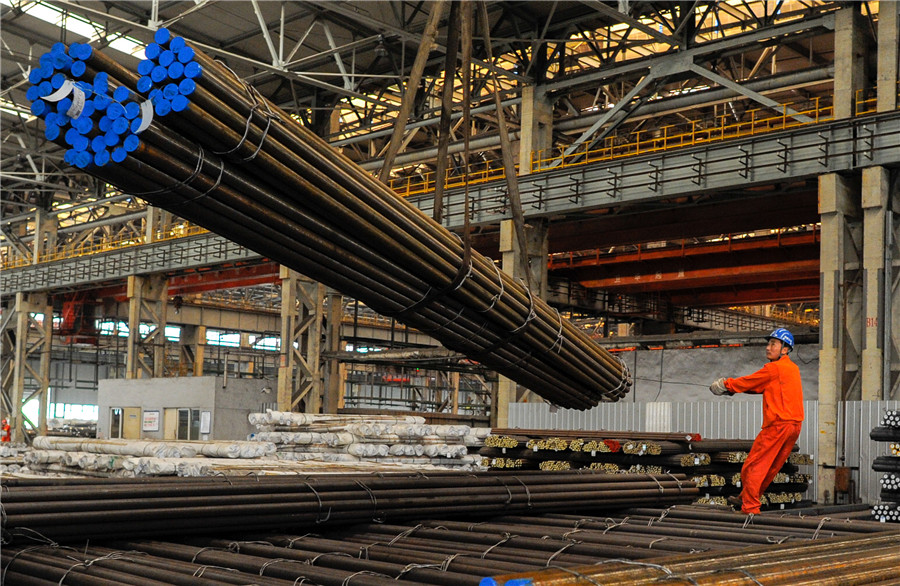Nearly every area of our modern life has been significantly impacted by steel throughout human history.
Early Iron Age
One of the earliest materials utilised by humans is steel. The Iron Age, as it is currently known, began over 4,000 years ago. Bronze was widely utilised in the past, but due to its weakness, steel quickly replaced it as the preferred material for essential objects like tools and weapons.
Depending on the craftsman’s techniques and the ore accessible in their region, these products all varied in style and quality. Yet, methods for shaping steel started to spread more widely in the 1700s. Due to the development of the railroad industry and new techniques for smelting iron on a large scale, steel started to revolutionise the entire world.
The Industrial Revolution encouraged additional modifications to farming equipment and other business fields. Steel gradually began to permeate practically all industrial sectors worldwide as it became more accessible and well-known.
In the 18th and 19th centuries, steel was produced.
The utilisation of steel started to resemble modern-day quality in the 1850s. Henry Bressemer figured out how to use oxygen to lessen the carbon and impurities in iron, increasing the strength and durability of steel. This sparked the change to the current industry.
After the American Revolution, Andrew Carnegie introduced this cutting-edge method to the country. Skyscrapers, substantial bridges, and better-built railroads were all developments resulting from his reputable steel company, The Carnegie Steel Corporation.
The American steel industry was growing at the start of the 20th century. The development of stainless steel had a significant impact on many industries, but particularly the construction, transportation, and weaponry sectors. Electric power had advanced to a point that, by the middle of the 20th century, it was possible to build furnaces with a capacity of up to 50 tonnes.
The current era
Modern steel production techniques have become much more advanced. The production of new bridges and urban infrastructure around the world has only led to an increase in the use of steel. Steel is frequently chosen because businesses and city planners desire to use one of the strongest, most developed, and researched materials in their creations.
Eco-friendly alternatives are also becoming more popular, such as employing melted-down scrap rather than continuously creating steel from the source. Steel is most frequently produced utilising electric arc furnaces and carbon electrodes. Although this is quicker and more efficient than in earlier eras, it is not eco-friendly.
The Prognosis for Steel
As the need for steel continues to grow, more businesses and political entities are exploring ways to transform the use and production of this essential material in a more environmentally friendly manner. Iron ore extraction methods that are carbon-neutral are still being sought for globally. The Green Method, which employs the hydrolysis method, is one of the most recent innovations.
Instead of using coal or natural gas, this technique splits water into oxygen and hydrogen using equipment such as hydrogen burners and hydrogen plasma smelting processes. Future decades may be brighter and greener as a result of this and other noteworthy advances.

